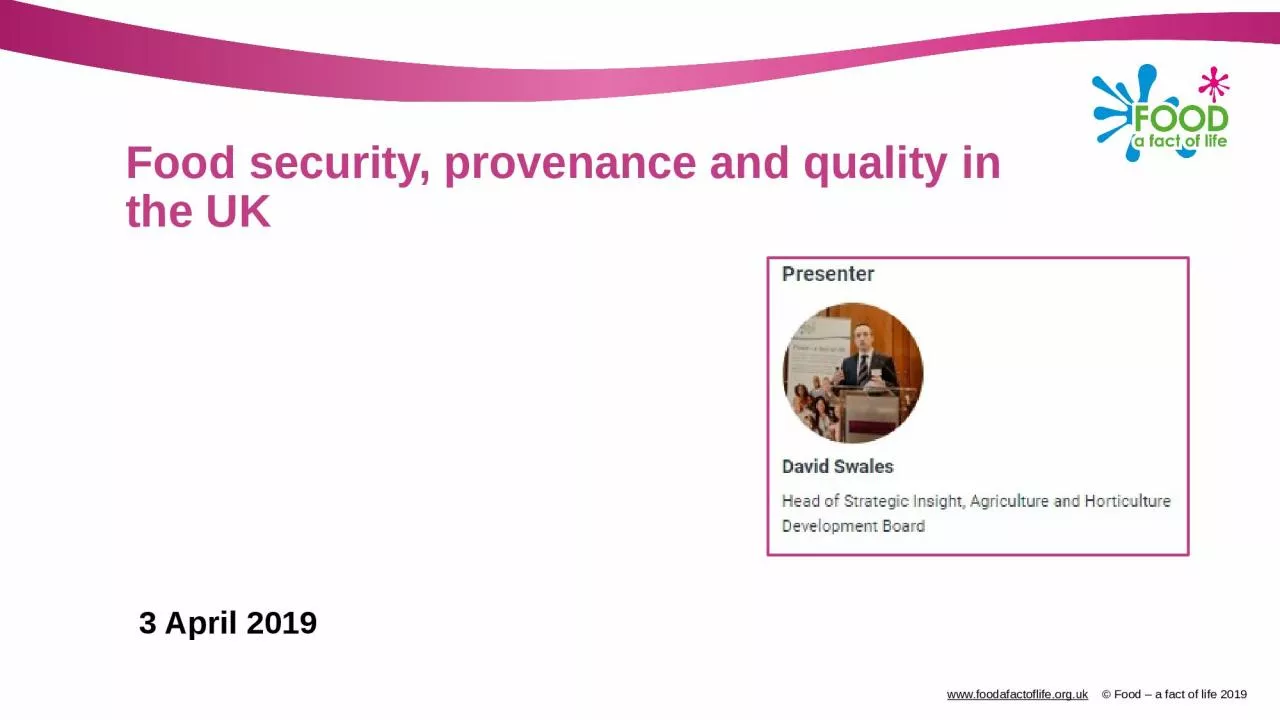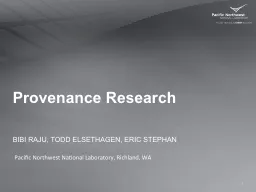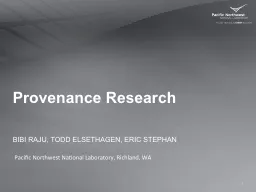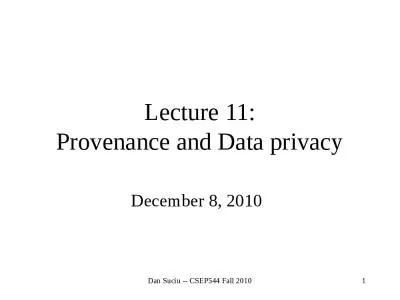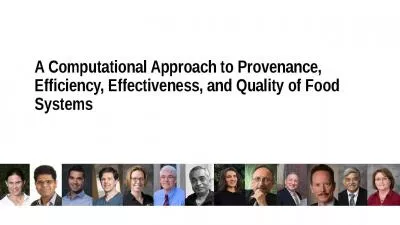PPT-Food security, provenance and quality in the UK
Author : harper | Published Date : 2024-03-15
3 April 2019 Food security provenance and quality in the UK David Swales Head of Strategic Insight AHDB Where does food come from and why Who are AHDB The Agriculture
Presentation Embed Code
Download Presentation
Download Presentation The PPT/PDF document "Food security, provenance and quality in..." is the property of its rightful owner. Permission is granted to download and print the materials on this website for personal, non-commercial use only, and to display it on your personal computer provided you do not modify the materials and that you retain all copyright notices contained in the materials. By downloading content from our website, you accept the terms of this agreement.
Food security, provenance and quality in the UK: Transcript
Download Rules Of Document
"Food security, provenance and quality in the UK"The content belongs to its owner. You may download and print it for personal use, without modification, and keep all copyright notices. By downloading, you agree to these terms.
Related Documents

